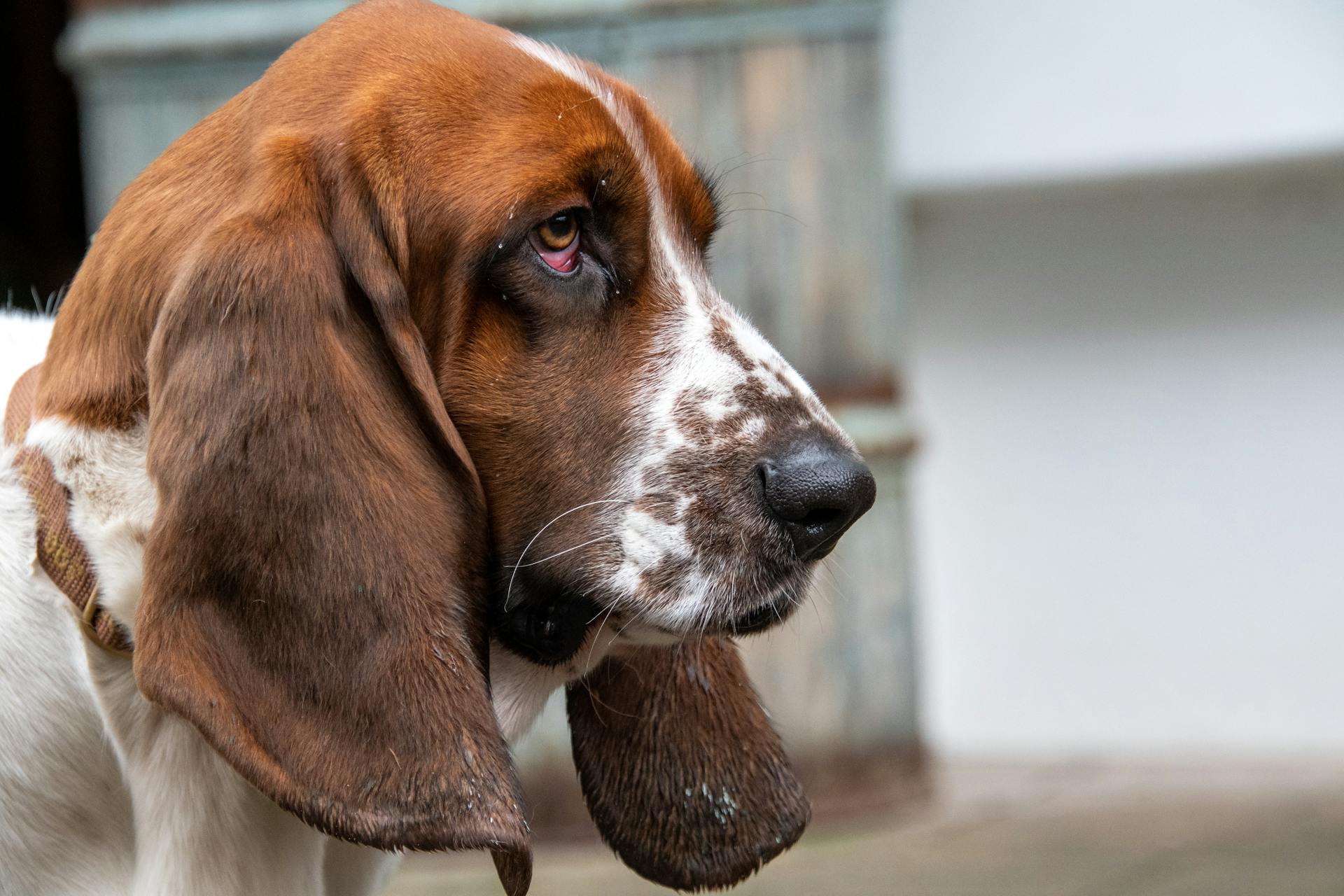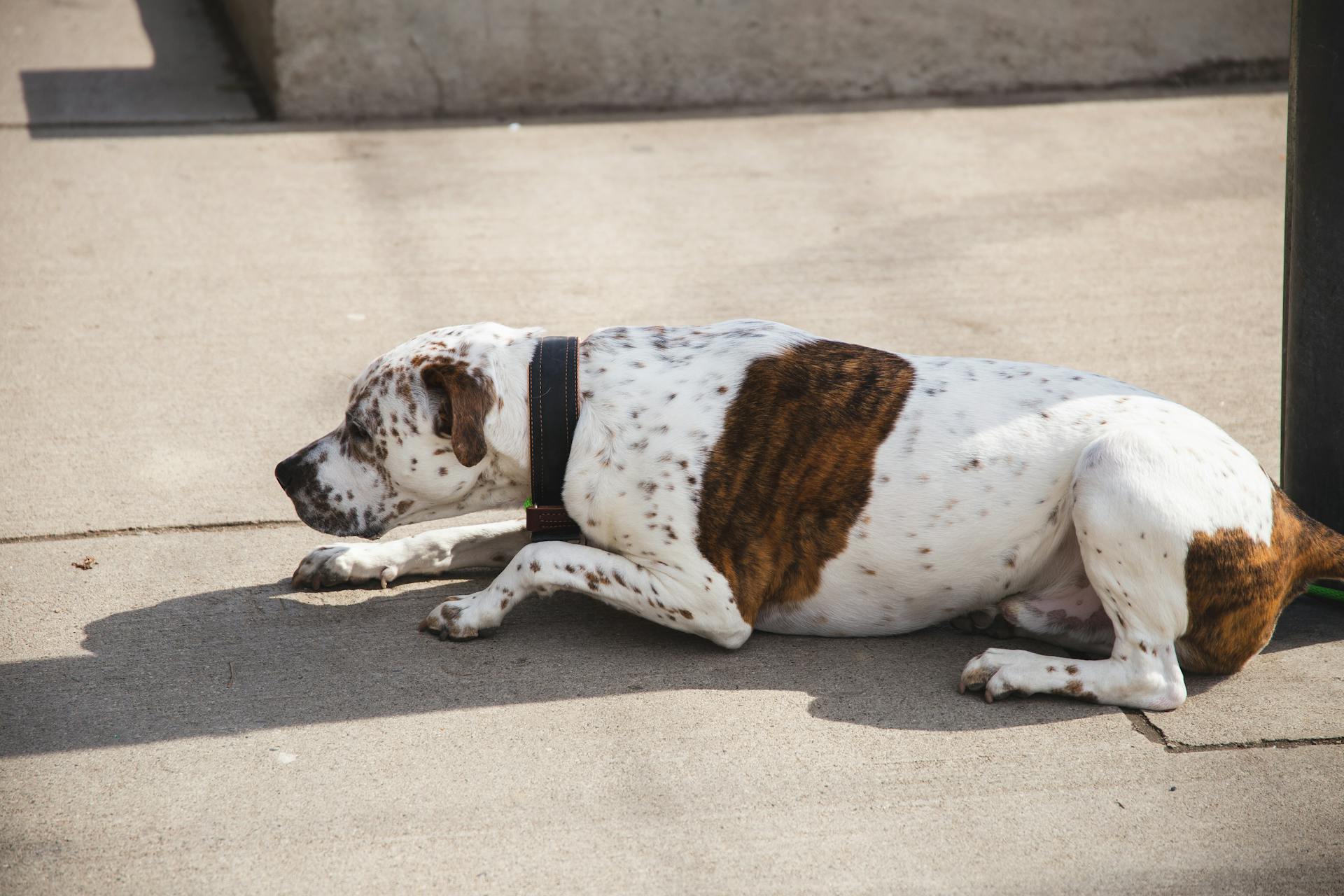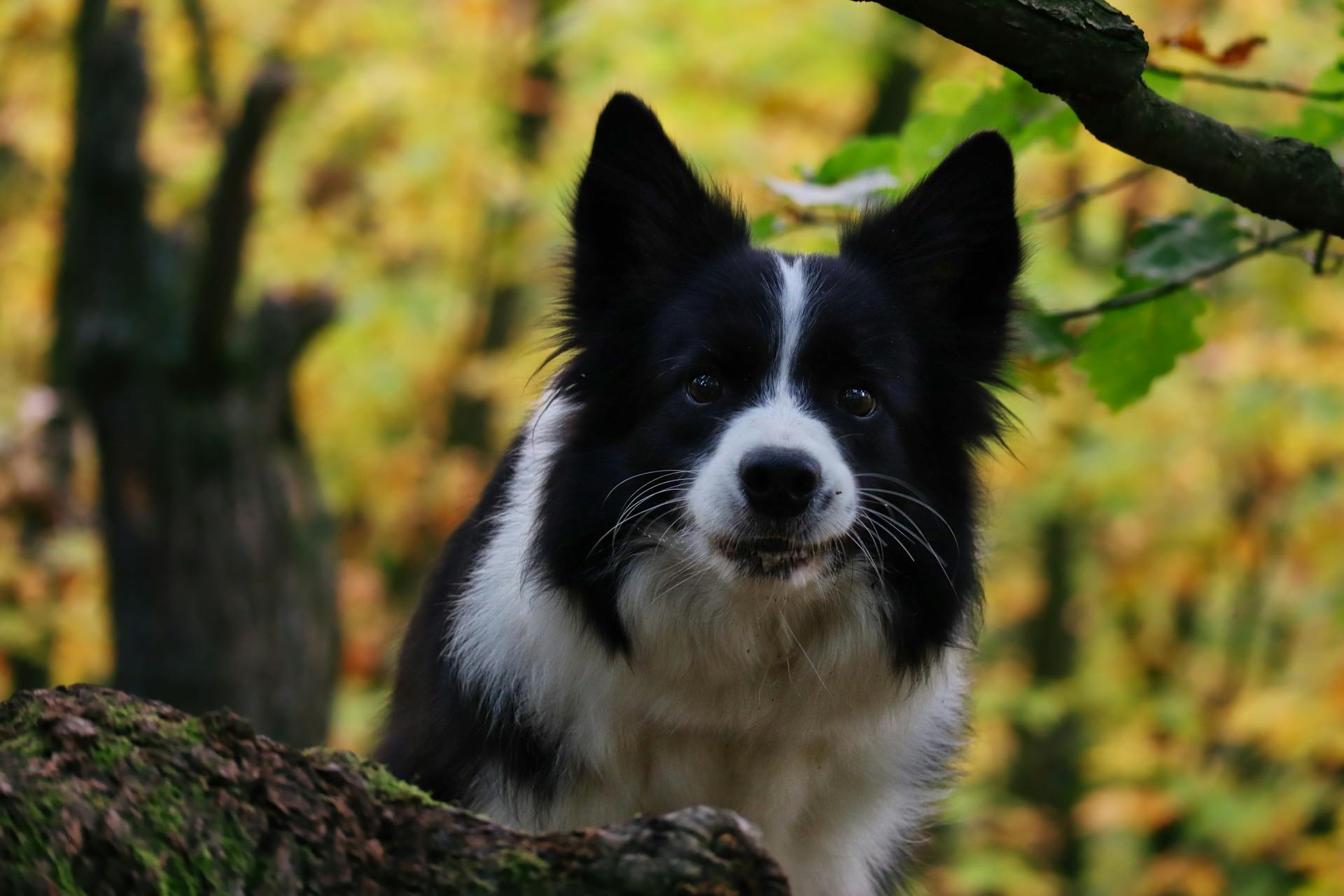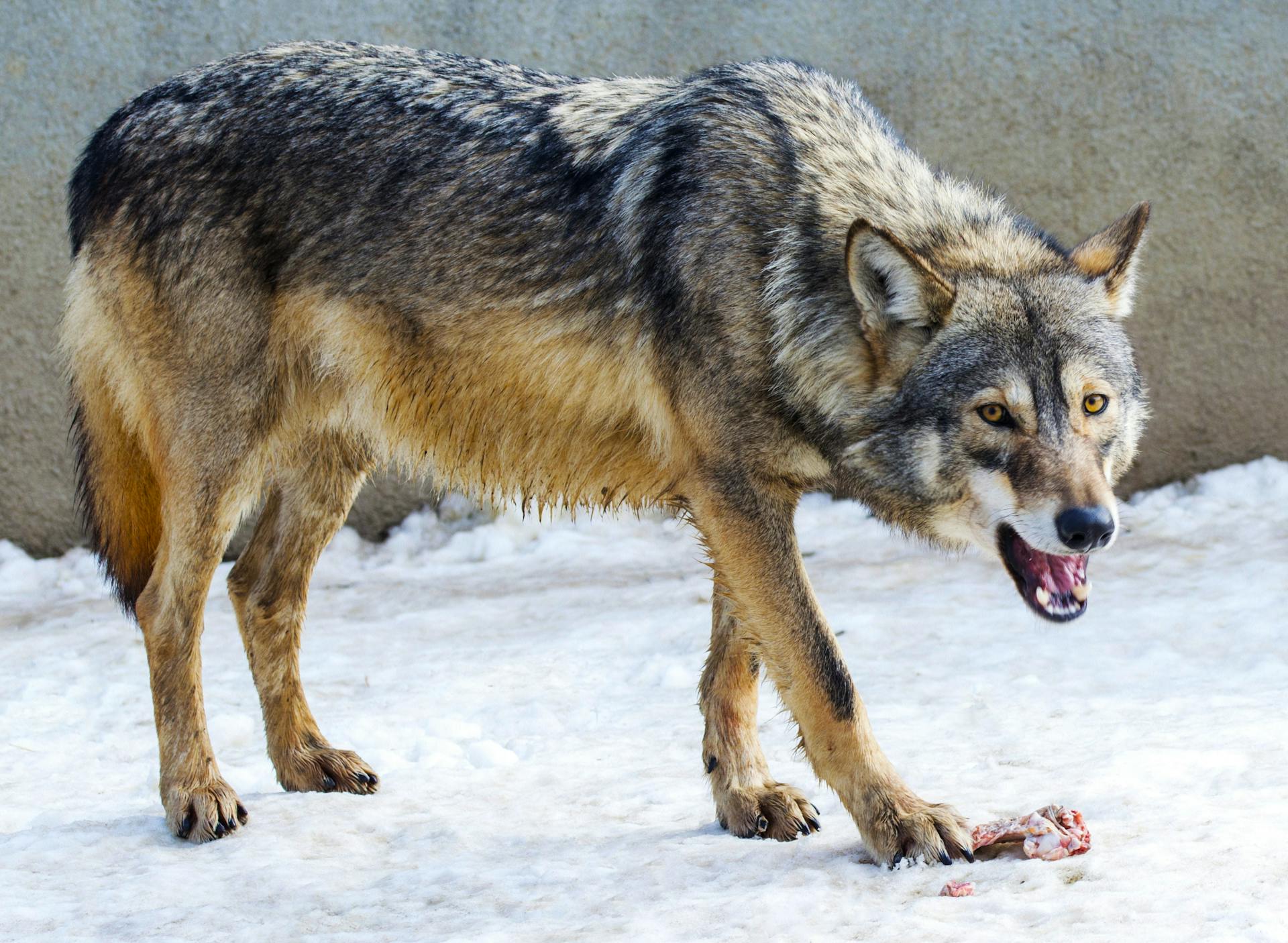
Wolf hunting with hounds has a rich history that dates back thousands of years. The practice originated in Europe, where wolves were seen as a threat to livestock and human safety.
Hunting with hounds involves using trained dogs to track and chase wolves, making it a highly effective method. The dogs are typically bred specifically for this purpose, with a keen sense of smell and endurance.
The use of hounds in wolf hunting has evolved over time, with modern practices often involving a combination of traditional and modern techniques. This approach allows hunters to adapt to changing environmental conditions and wolf populations.
In some regions, wolf hunting with hounds is still a traditional practice, passed down through generations of hunters.
The History of Wolf Hunting
Wolf hunting has a long and complex history that spans thousands of years. The practice of hunting wolves with hounds dates back to ancient times, with evidence of wolf hunting found in ancient civilizations such as Greece and Rome.
In medieval Europe, wolf hunting was a common practice among nobles and landowners, who used packs of hounds to control wolf populations and protect their livestock. This tradition continued well into the 19th century.
The use of hounds in wolf hunting was often a community effort, with multiple hunters and their dogs working together to track and kill a wolf. This cooperative approach to hunting helped to ensure the success of the hunt and provided a sense of camaraderie among the hunters.
A History of Hounds
Wolf hunting with dogs has a long and varied history. The official and concerted hunt on wolves didn't begin until the Middle Ages.
Wolves were hunted with dogs to protect people and their livestock, and also for their pelt and the sport of it. The way wolves were hunted differed through the ages, but in the end, dogs were used everywhere to assist the hunters.
Many different breeds of hounds were used for wolf hunting, including Russian Borzoi, Irish Wolfhounds, Norwegian Elkhounds, Transylvanian Hounds in Hungary, Chart Polskis from Poland, and the French Poitevins. These breeds were excellent wolf hunters.
In the early Middle Ages, wolves were regarded as malicious animals full of dark powers. The truth is that wild wolves generally fear people and rarely pose a threat to human safety.
The use of dogs in wolf hunting was widespread, with many officially appointed wolf hunters in Europe and England by 1100. It was decided at the Synod of Santiago that on every Saturday (except the Saturdays before Easter and Pentecost), every man must participate in a wolf hunt.
The Massacre That Killed 216 Wolves
In 1915, a brutal event took place in the United States that would forever change the fate of wolves. The event was a wolf hunt in Montana that resulted in the deaths of 216 wolves.
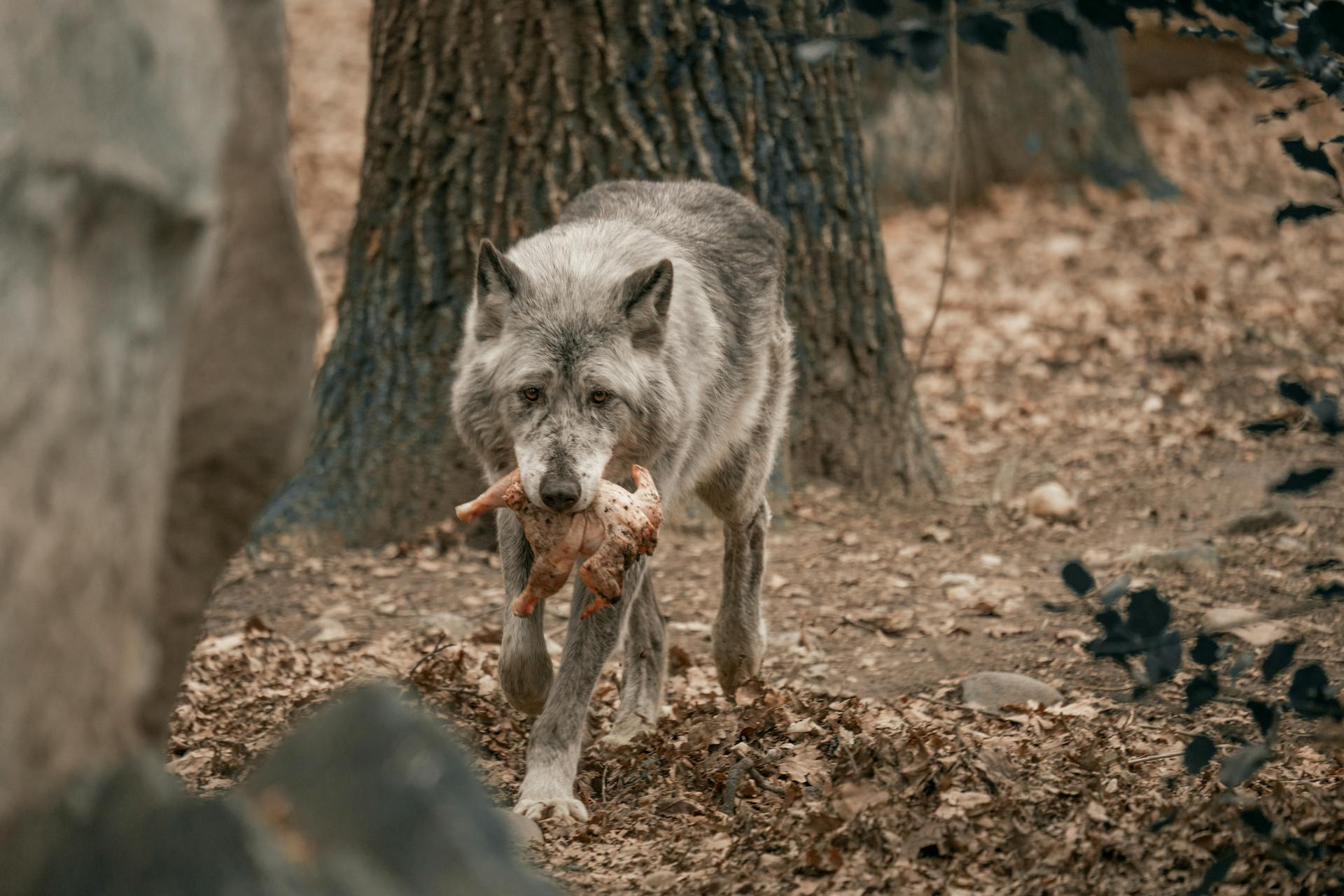
The hunt was led by a state wildlife official who saw wolves as a threat to livestock and game animals. This mindset was rooted in the idea that wolves were competing with humans for resources.
The official's views were not unique, as many people at the time believed that wolves were a nuisance that needed to be eradicated. This sentiment was fueled by the growing demand for wolf pelts and other body parts.
The event was a turning point in the history of wolf hunting, marking a shift towards more aggressive and systematic efforts to eradicate wolves.
Wolf Hunting Methods
Wolf hunting methods varied in Czarist and Soviet Russia, where landowners and Cossacks would use borzoi to hunt wolves. A beater would enter a wooded area with up to six dogs on leash, making noise to flush out the wolves.
The beater would shout "Loup! Loup! Loup!" when spotting a wolf, and release the borzois, which would pursue the wolf along with horsemen. The idea was to trap the wolf between the dogs and hunters.
A wolf would be caught by the borzois, and the foremost rider would dismount to quickly dispatch it with a knife. Occasionally, wolves were captured alive to train borzoi pups.
Intriguing read: Borzoi Russian Wolfhound
Russian Borzoi
Russian Borzoi were used for wolf hunting in both Czarist and Soviet Russia. They were a preferred choice among landowners and Cossacks.
In a typical hunt, a beater would enter a wooded area with up to six dogs on leash, making a lot of noise to flush out the wolves. This was done to avoid scaring the wolves off with quieter breeds like borzoi.
The beater would shout "Loup! Loup! Loup!" to signal the start of the hunt, and the borzois would be slipped to chase after the wolf. The hunters on horseback would then pursue the wolf, trying to trap it between the dogs and themselves.
A borzoi's job was to pursue the wolf along with the horsemen and other yapping dogs. Once the wolf was caught, the foremost rider would dismount and quickly dispatch it with a knife.
Russian Borzoi were also used to capture wolves alive, which was useful for training borzoi pups.
Afghan Hound Hunting
The Afghan Hound is a breed of dog that's been used for centuries to hunt wolves. They have a thick, long coat that protects them from harsh temperatures and predators.
Their coat is so impressive that it can strike fear in large animals like wolves, making them appear even larger due to the way their hair flows in the wind. The Afghan Hound can run at speeds of 40 miles per hour.
In the past, the Afghan Royal Family and Pashtun tribes used Afghan Hounds to hunt wolves.
On a similar theme: Afghan Hound
Texas Hunt Sounds
In Texas, wolf hunting sounds are often associated with the use of howling calls, which can be made by hunters to lure in wolves.
The state's wolf population has been increasing in recent years, making hunting a viable management tool.
Hunters in Texas typically use rifles to hunt wolves, often targeting them with high-powered calibers like .30-06 or .308.
The Texas Parks and Wildlife Department regulates wolf hunting in the state, setting bag limits and establishing specific hunting seasons.
Kazakhs Wolf Hunting
Kazakhs wolf hunting is a unique method that relies on favourable snow conditions.
The hunts take place either in the steppes regions or in semi-deserts of Kazakhstan, where the terrain is suitable for tracking wolves on horseback.
Hunters in Kazakhstan track wolves with their dogs in sleds, making it a challenging and demanding experience.
Once a wolf is spotted, the dogs are released from the sled and give chase, showcasing their hunting prowess.
In contrast to Russian wolf hunts, which occur in the summer, Kazakh hunts depend on snow conditions, making it a seasonal activity.
Hunting Safety and Ethics
Hunting with hounds requires a high level of physical fitness to keep up with the pack.
Responsible hunters should always check local regulations before heading out on a hunt, as laws vary by region.
In areas where wolf hunting is allowed, hunters must follow strict guidelines to ensure a clean and humane kill, including making a shot that immediately incapacitates the wolf.
Hunters should also be aware of their surroundings and keep a safe distance from other hunters and the wolf pack to avoid accidents.
Hunters who are new to hunting with hounds should consider taking a guided tour or seeking guidance from an experienced hunter to learn the ropes and ensure a safe and successful hunt.
Safe Hunt
Dave Mabie, a seasoned houndsman from Wisconsin, knows a thing or two about hunting wolves safely. He's been using his hounds to hunt bobcats, coyotes, and black bears for over 10 years without incident.
Most wolf-killed hounds die during July and August while training for bear season. This is because wolves aggressively defend their pack's rendezvous sites during summer, when their pups are young and vulnerable.
The key to avoiding fights between wolves and hounds is to target lone wolves and trail them with one hound. This approach reduces the risk of confrontation and allows for a safe and successful hunt.
A lone hound can effectively track and flush a wolf without provoking a pack. In fact, Dave Mabie says that putting one hound on a track is no problem, and the dog will run circles around the wolf until it sits down.
Hound-hunting opponents often claim that hounding is barbaric, but the facts suggest otherwise. For example, few hounds get killed during bear season itself in September and October, as wolves become less aggressive and territorial.
Reaction
When facing an attack from a dog, wolves will often try to find a low place to run to, waiting for the dogs to come down and engage them in a fight.
Young wolves typically show submissive behavior, while older wolves fight savagely. This is a key difference in their behavior, and it's essential to understand when dealing with wolves and dogs.
A wolf's fighting style is quite different from that of a dog. While dogs tend to focus on attacking the head, neck, and shoulder, wolves will often target the extremities of their opponents.
In a hypothetical encounter between a wolf and a dog, the wolf's agility and ferocity would give it a significant advantage. The wolf's powerful jaws and sharp teeth would allow it to inflict serious damage on the dog.
Here's a comparison of the fighting abilities of wolves and dogs:
Keep in mind that this is a hypothetical comparison, and actual encounters between wolves and dogs can have unpredictable outcomes.
Frequently Asked Questions
Why are borzois good at killing wolves?
Borzois are well-suited to hunting wolves due to their speed and toughness, allowing them to pursue and pin their prey effectively. Their name "borzoi" literally translates to "swift" in Russian, reflecting their agile and powerful nature.
What is the white dog that hunts wolves?
The Borzoi, also known as the Russian Wolfhound, is a large hound bred to hunt wolves. This swift and strong dog was developed in Russia from a mix of Arabian Greyhound and Russian sheepdog.
Sources
- https://www.theguardian.com/world/2021/jul/27/wolves-winsconsin-massacre-environment-conservation
- https://www.grandviewoutdoors.com/predator-hunting/wolf/hunting-wolves-with-hounds
- https://vault.si.com/vault/1964/09/14/sounds-and-hounds-of-a-texas-wolf-hunt
- https://caninechronicle.com/current-articles/wolf-hunting-with-dogs-a-history-of-hounds/
- https://en.wikipedia.org/wiki/Wolf_hunting_with_dogs
Featured Images: pexels.com
